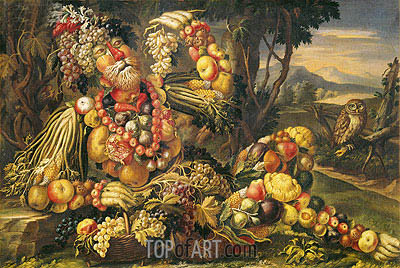
Are we humans living our lives within the confines of our own natural habitats?
By Nazarul Islam
In a complicated and overcharged world, we are continuously looking to survive—within a healthy environment, and, failing to do so, sometimes, we bend ourselves out of shape to discover that animals on our planet are not living in their natural habitats. Are we humans living our lives, within the confines of our own natural habitats?
Amongst a long list of other unnatural, unhealthy and perhaps un-human-like behaviors we have been seen walking around with masks on all day, breathing in chemicals instead of fresh air.
Oxygen in the air is crucial to our body pH, and the body pH is crucial to the inner environment of the body which dictates whether we are good or bad ‘hosts’ for pathogens.
Hence….If we host a pathogen, then we fall ill, and then take a load of chemicals (medicines) to ‘make the sickness go away’. Actually, we do this even if we’re not hosting a pathogen. We do it—just in case, as a precaution. Prevention is another name for that! We have been taught since beginning, this is better than cure!
In a bold and vibrant new world, the novel rectangular smart watches have replaced the old wrist watches—these new state of the art, radiation-blasting smartwatches, apps and of course, everything else possible to do our thinking, seeing, listening or observing, for us. An ever-increasing detachment from our own minds has always existed to comfort us that all is well, that is natural.
No wonder then, humanity has lost the plot. The connection has been lost and we’ve been had. We’ve been led by the nostrils, like the cow in India’s grazing fields—to a total distrust of, or lack of connection to our bodies and our own selves. Today, it has gone further still. The bar has been raised.
Natural and organic-raised human beings are being groomed into living, like the trans-human robot hybrids. Some are going about willingly with smiles on their faces. This is the long-prophesized two-world split that we have got to choose, whichever way we want to go.
Are we not moving in that direction to become like walking WiFi-radiating barcodes and seeing to it that humanity will morph into some hijacked version of the human kind? Or perhaps, we can get back in touch with who we originally are, to regain back control of our lives, health and then attempt to thrive as the natural beings.
Obviously, I would argue that if there was a faction of the human race that was actually vulnerable right now, it would be the organic version.
Of course, an unaltered version striving to remain clean, strong and unaltered in a tidal wave of mass psychosis—warning them of their looming danger, to the fearful lighting struck by our Pharma industry— beaten up, by the so-called ‘vulnerable ones’ which therefore must become Pharma-weakened themselves, to survive!
However….even those who are vulnerable have been hijacked… Vulnerable doesn’t have to mean powerless at the hands of our present, decadent healthcare system, desperately dependent on healthy people including children, to weaken their bodies in order to ‘save’ us, the non-organic versions of men and women.
Vulnerable can be the most liberating, empowering state to be in, of all and after all. Accepting, loving, standing as—and taking responsibility for the raw, natural, imperfect human that we have become and had been destined, to emerge on this planet.
Have we human beings, morphed into the beings who had qualified to become the perfect foundation to our sovereignty, rated to be the most resilient beings—gifted with true imaginable strength?
[author title=”Nazarul Islam ” image=”https://sindhcourier.com/wp-content/uploads/2021/05/Nazarul-Islam-2.png”]The Bengal-born writer Nazarul Islam is a senior educationist based in USA. He writes for Sindh Courier and the newspapers of Bangladesh, India and America. He is author of a recently published book ‘Chasing Hope’ – a compilation of his 119 articles.[/author]